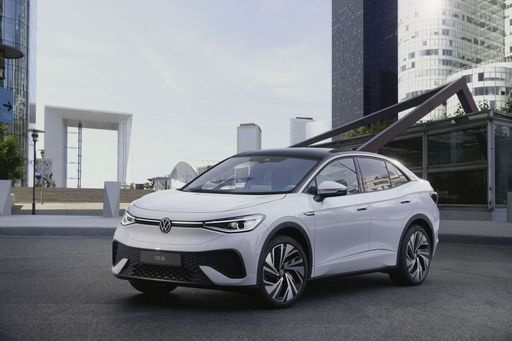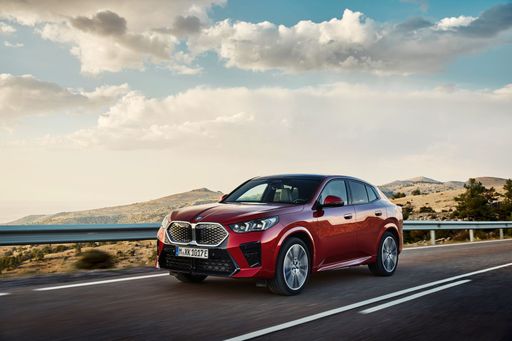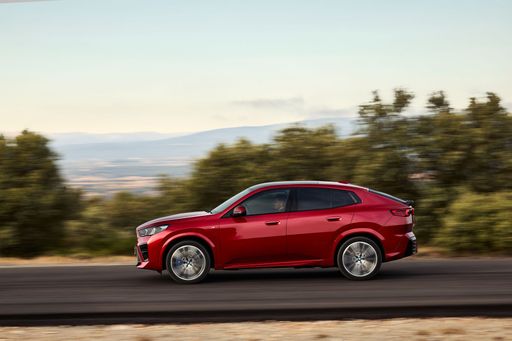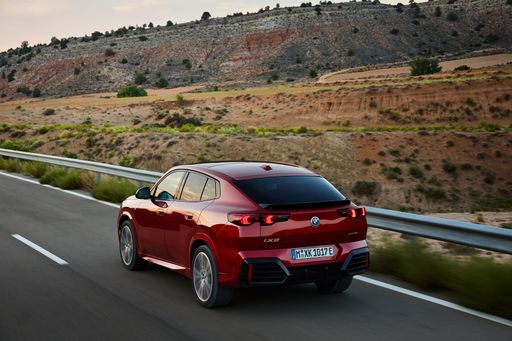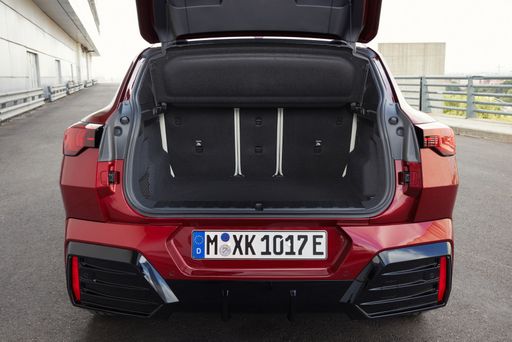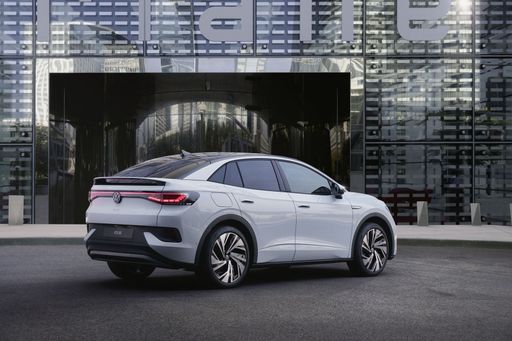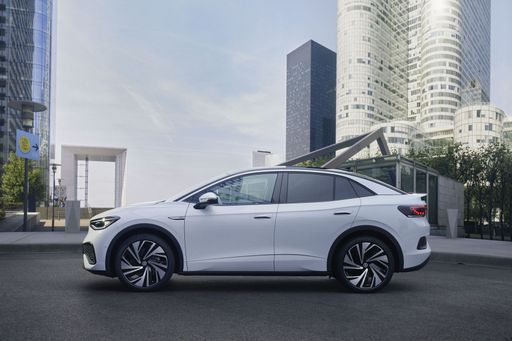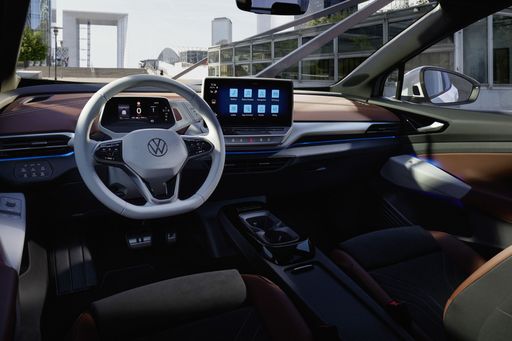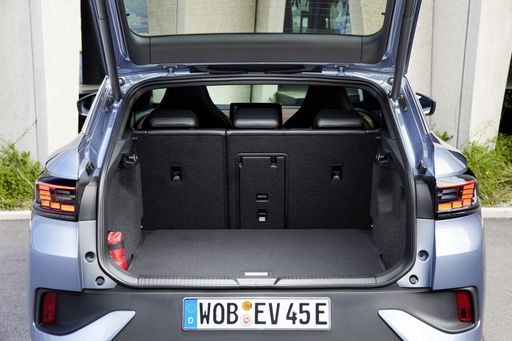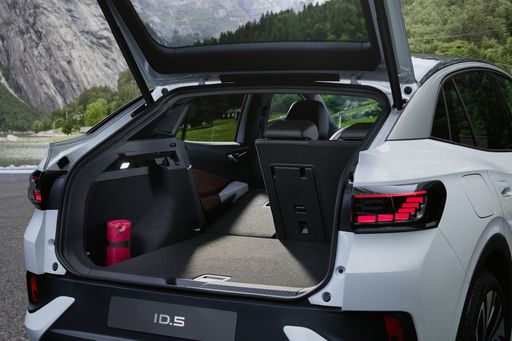Introduction: The Electric Showdown
The electric vehicle market continues to heat up as automakers bring forth innovative models designed to cater to a diverse array of consumer preferences. Among the latest entrants in the electric SUV segment are the BMW iX2 and Volkswagen ID.5. Both vehicles boast impressive specifications and cutting-edge technologies, but how do they stack up against each other? In this article, we will delve into the technical aspects and innovations of these two electric powerhouses to determine which one comes out on top.

